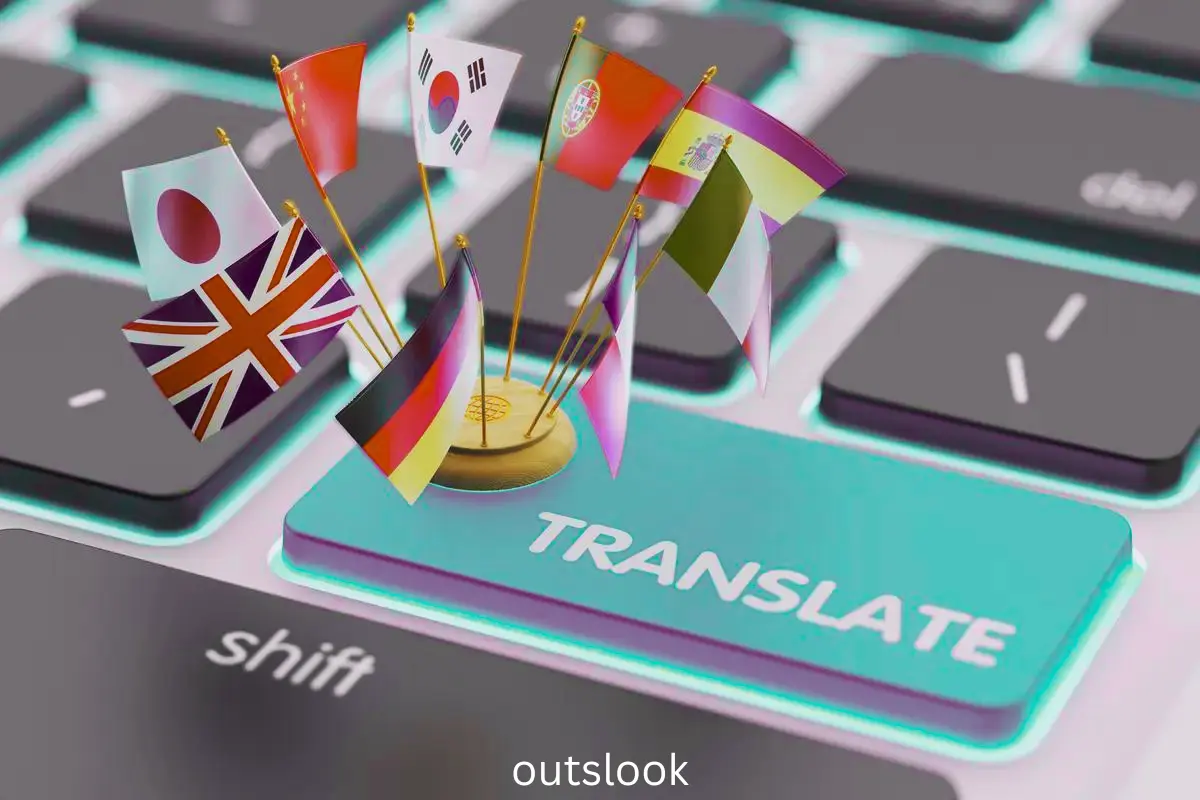In today’s globalized world, the demand for high-quality translation services is at an all-time high. Whether you’re a business looking to expand into new markets, a student needing academic documents translated, or an individual requiring personal document translation, finding the right veetėjas (translator) is crucial. This comprehensive guide aims to help you navigate the world of translation services, ensuring you make an informed decision when selecting a veetėjas for your specific needs.
Understanding the Role of a Veetėjas
A veetėjas is more than just a language converter; they are a bridge between cultures and contexts. They must understand the nuances of both the source and target languages, ensuring that the translation is not only accurate but also culturally appropriate. This requires a deep understanding of linguistic subtleties, idiomatic expressions, and technical terminology relevant to the subject matter.
Types of Translation Services
Document Translation: This includes legal documents, medical reports, academic papers, and business contracts. Accuracy and confidentiality are paramount in this type of translation.
Website Localization: Adapting a website for a different linguistic and cultural audience, ensuring that the content is culturally relevant and understandable. Adapting your website with a professional website translation service ensures culturally relevant and understandable content, expanding your reach to new audiences and boosting global engagement.
Literary Translation: Involves translating books, poems, and other literary works, requiring creativity and a firm grasp of literary nuances.
Technical Translation: Specialized translation involving technical documents such as manuals, product descriptions, and scientific papers.
Simultaneous Interpretation: Often used in conferences and meetings, where the translator interprets the speech in real-time.
Qualities to Look for in a Veetėjas
Language Proficiency: A top-notch veetėjas should have native-level proficiency in both the source and target languages.
Specialization: Depending on your needs, look for a translator with expertise in a specific field, like legal, medical, or technical translations.
Cultural Competence: An understanding of cultural nuances is crucial for accurate and sensitive translations.
Attention to Detail: Precision is vital in translation, as even minor errors can lead to misunderstandings.
Confidentiality: This is especially important for sensitive or personal documents.
Certifications and Qualifications: Professional certifications or degrees in translation can be indicators of a translator’s competence.
Finding the Right Veetėjas
Referrals and Recommendations: Start by asking colleagues or industry peers for recommendations.
Online Platforms: Websites and professional networks like LinkedIn can be valuable resources for finding qualified translators.
Translation Agencies: They offer a range of services and can match you with a translator who specializes in your required field.
Check Reviews and Testimonials: Look for feedback from previous clients to gauge the translator’s reliability and quality of work.
Sample Translations: Requesting a sample can help assess the translator’s style and competence.
The Importance of Technology in Translation
Modern veetėjai often uses software tools to enhance their efficiency and accuracy. Tools like CAT (Computer-Assisted Translation) software help in maintaining consistency across large projects. However, it’s important to remember that these tools support, rather than replace, the nuanced work of a skilled translator.
Budgeting for Translation Services
The cost of translation services can vary widely based on the language pair, document complexity, and turnaround time. It’s essential to have a clear understanding of the pricing structure (per word, per hour, or project) and any additional costs, such as rush fees or revisions.
The Translation Process
- Understanding the translation process can help set realistic expectations. Typically, it involves:
- Initial Assessment: Evaluating the document’s complexity and specific requirements.
- Translation: The actual translation work, adhering to the project’s guidelines.
- Proofreading and Editing: Ensuring accuracy and coherence in the translated document.
- Quality Assurance: A final review to ensure the translation meets the required standards.
- Delivery: Submitting the translated document to the client.
Conclusion
Selecting the right veetėjas is a critical decision that can significantly impact the success of your international endeavors. By understanding the types of translation services, the qualities to look for in a translator, and the process involved, you can make an informed choice that meets your specific needs. Remember, a good translation is not just about changing words from one language to another; it’s about conveying the true meaning and essence of the original text in a way that resonates with the target audience.

